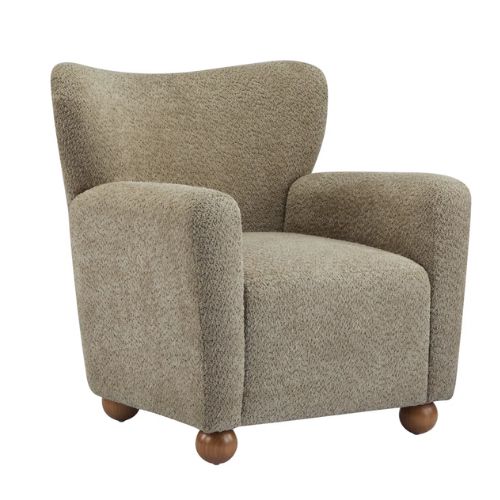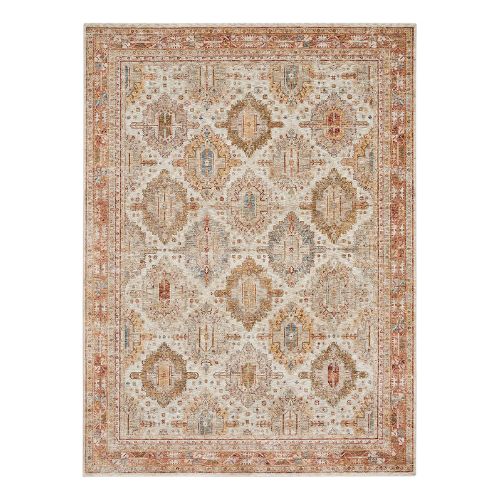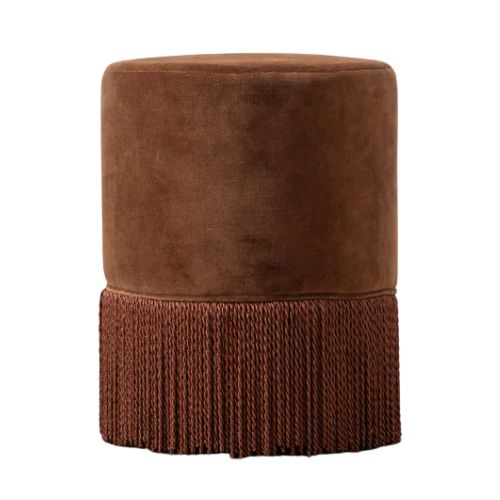The Simple Zoning Trick Designers Rely On to Make Any Size Living Room Feel Warmer, More Intimate, and Conversational
Why creating smaller seating pockets is the secret to a truly sociable living room
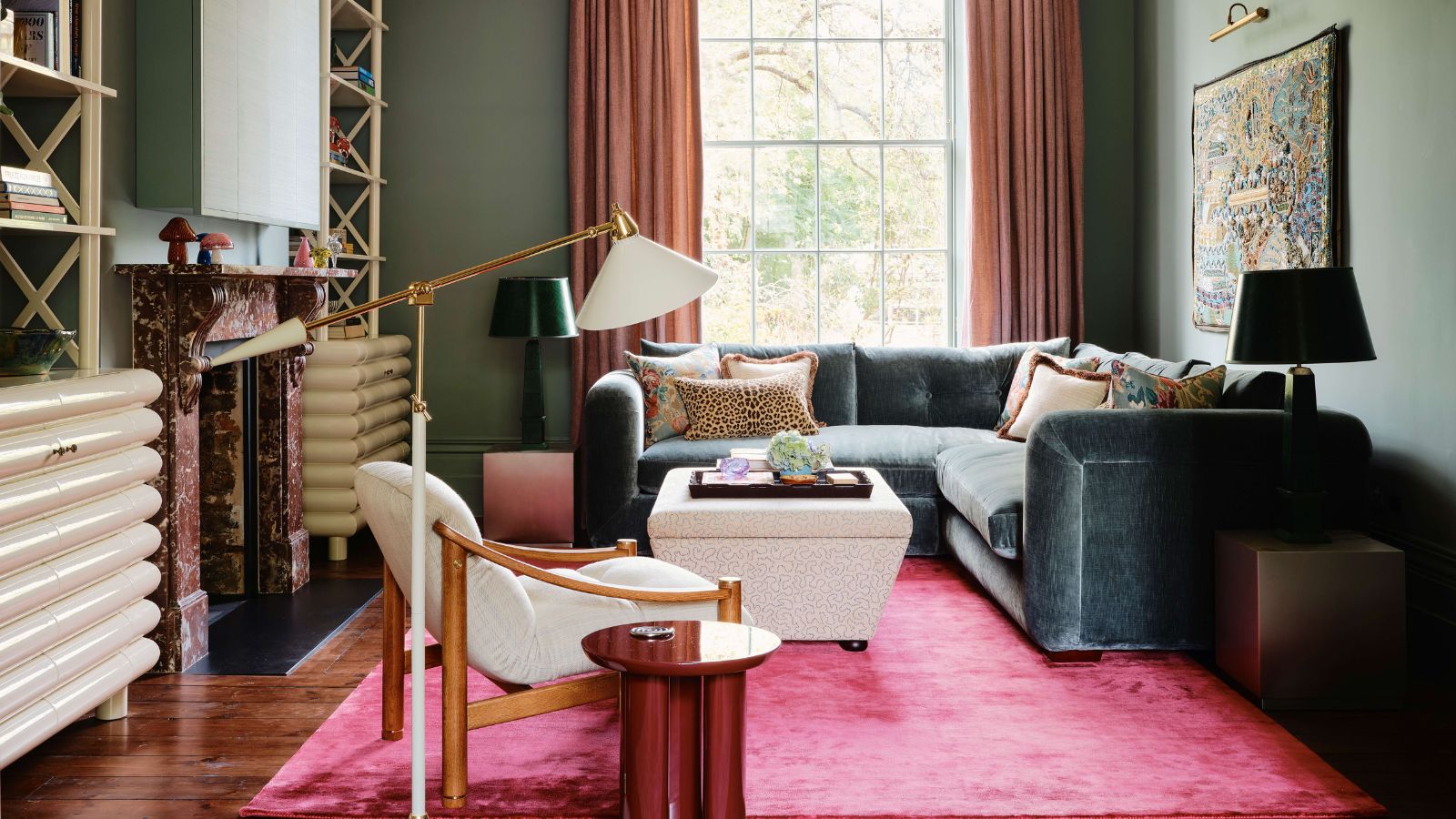

A truly inviting living room has less to do with how much space you have and everything to do with how that space feels. Some rooms naturally encourage people to settle in and chat; others, no matter how beautifully decorated, somehow fall flat. So what makes the difference?
The secret to creating such a social living room, according to designers, lies with zoning: a clever, subtle trick that shapes how a room flows. And the good news is that you don't need the perfect living room layout to create a space where people naturally settle in.
Here, designers walk us through the one surprisingly simple zoning trick they swear by to make any living room feel warmer and more connected, just in time for hosting season.
The Zoning Trick Designers Swear By
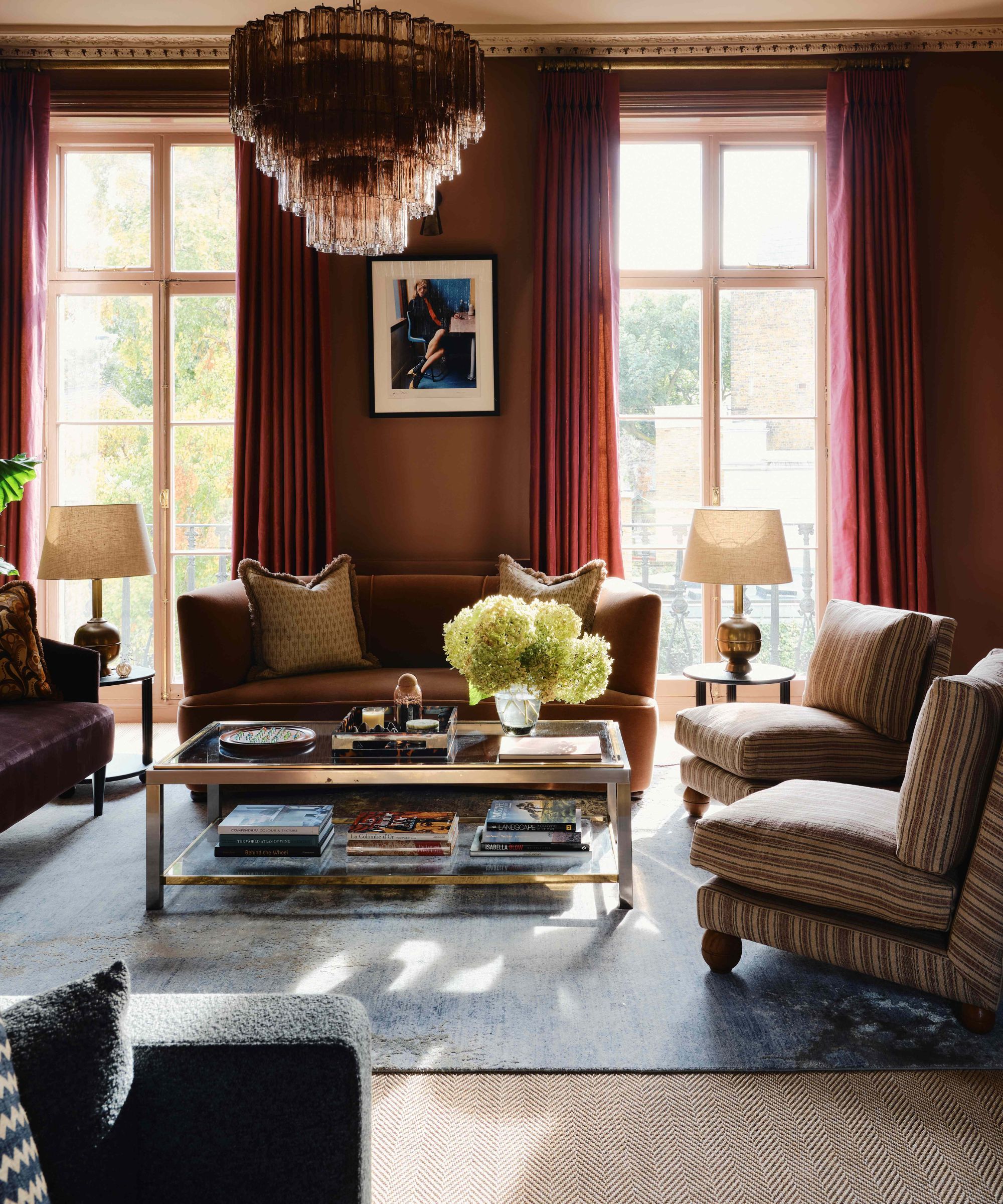
Ask any designer what makes a living room layout feel truly conversational, and you’ll hear a common theme: don’t rely on one big seating area to do all the work.
Instead, think of it as breaking the room into moments – a pair of chairs angled toward each other for easy chat, a cozy reading corner that catches the light, or a secondary perch away from the main couch.
'Creating zones within a living room – no matter its size – is all about intention,' adds interior designer Marie Flanigan. 'I like to think of each area as having a purpose, whether it’s gathering around the fireplace, reading in a quiet corner, or enjoying conversation with guests.'
The best part? This trick works everywhere. In small rooms, even one extra arrangement can transform how the space feels. In larger or open-plan homes, several smaller vignettes are often far more welcoming than one sprawling layout.
Design expertise in your inbox – from inspiring decorating ideas and beautiful celebrity homes to practical gardening advice and shopping round-ups.
'Zoning helps even the largest room feel intimate,' says designer Lauren Gilberthorpe. 'By dividing a space visually through rugs, furniture groupings, or lighting, you create pockets that encourage conversation. In long or open-plan rooms, two smaller seating zones often feel cozier than one expansive one. Repetition in tone or texture helps the space feel cohesive,' she advises.
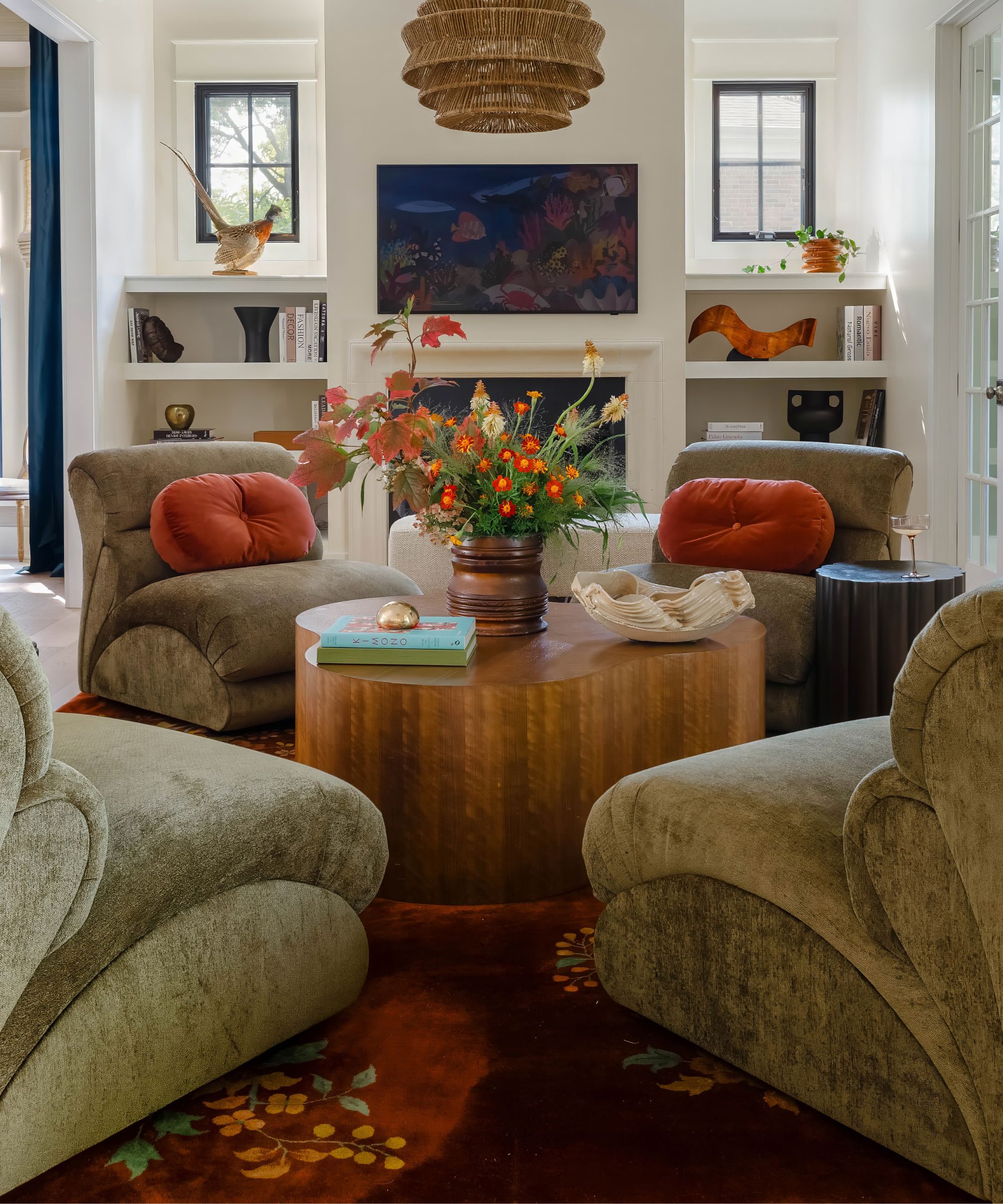
Kathy Kuo agrees, adding that creating multiple vignettes makes a living room far more inviting for entertaining.
'In living rooms where space allows it, I love to create a few smaller seating vignettes instead of sticking to one gathering area,' she adds. 'This layout is ideal for entertaining; it sparks more intimate conversations between smaller groups, versus large-group conversations that span the full width of the room.'
'There are so many ways to execute this zoning trick to perfection,' Kathy continues. 'I’m obsessed with cozy, conversational seating areas that pair four accent chairs around a round ottoman or coffee table in the center.'
Something rounded in shape, like the Rochelle Cambridge Skirted Ottoman from Kathy Kuo Home, will help to encourage flow, while something as simple yet stylish as the Elsie Side Table from Pottery Barn provides a spot for drinks yet doesn't disrupt sightlines.

'Another option is a game table or bistro table with two or three side chairs gathered around it – the perfect nook for board games or puzzles,' Kathy adds. 'Even a zone as simple as an upholstered bench next to the window can create a lovely setting for lingering conversations,' she continues.
Additionally, Sean Symington advises playing with scale. 'One of my favorite zoning tricks in a living room is to use layers of furniture to subtly define different areas within a single space. Varying the scale helps; mix larger, more substantial pieces with smaller, lighter ones to create visual balance,' he suggests.
'In bigger rooms, placing chairs or even sofas back-to-back instantly divides the space into two distinct seating zones while keeping it cohesive,' Sean continues. 'It’s a great way to make an open-plan room feel more intimate and purposeful without using physical barriers.'

One of the simplest ways to make these seating moments feel more inviting is to pull furniture away from the walls and let it “float” within the room. It's a small shift that, should room allow, completely transforms how the space feels.
Designer Sarah Ellison of Frank & Faber explains that 'Regardless of your living room’s size, zoning can create distinct areas while still maintaining a harmonious, cohesive space – think a reading nook, a conversation corner, or a music zone. Instead of pushing furniture against the walls, let pieces float around a coffee table or ottoman to encourage gathering and conversation.'
Marie Flanigan also sees this as essential for shaping a more intimate layout. 'Even in smaller spaces, pulling furniture away from walls and arranging pieces to face one another instantly makes the room feel more intimate and inviting. It’s about creating moments that naturally draw people together.'
Floating furniture also helps you define multiple zones within the same room. A pair of chairs angled toward each other creates one pocket, while a sofa and accent chair facing across a coffee table form another.
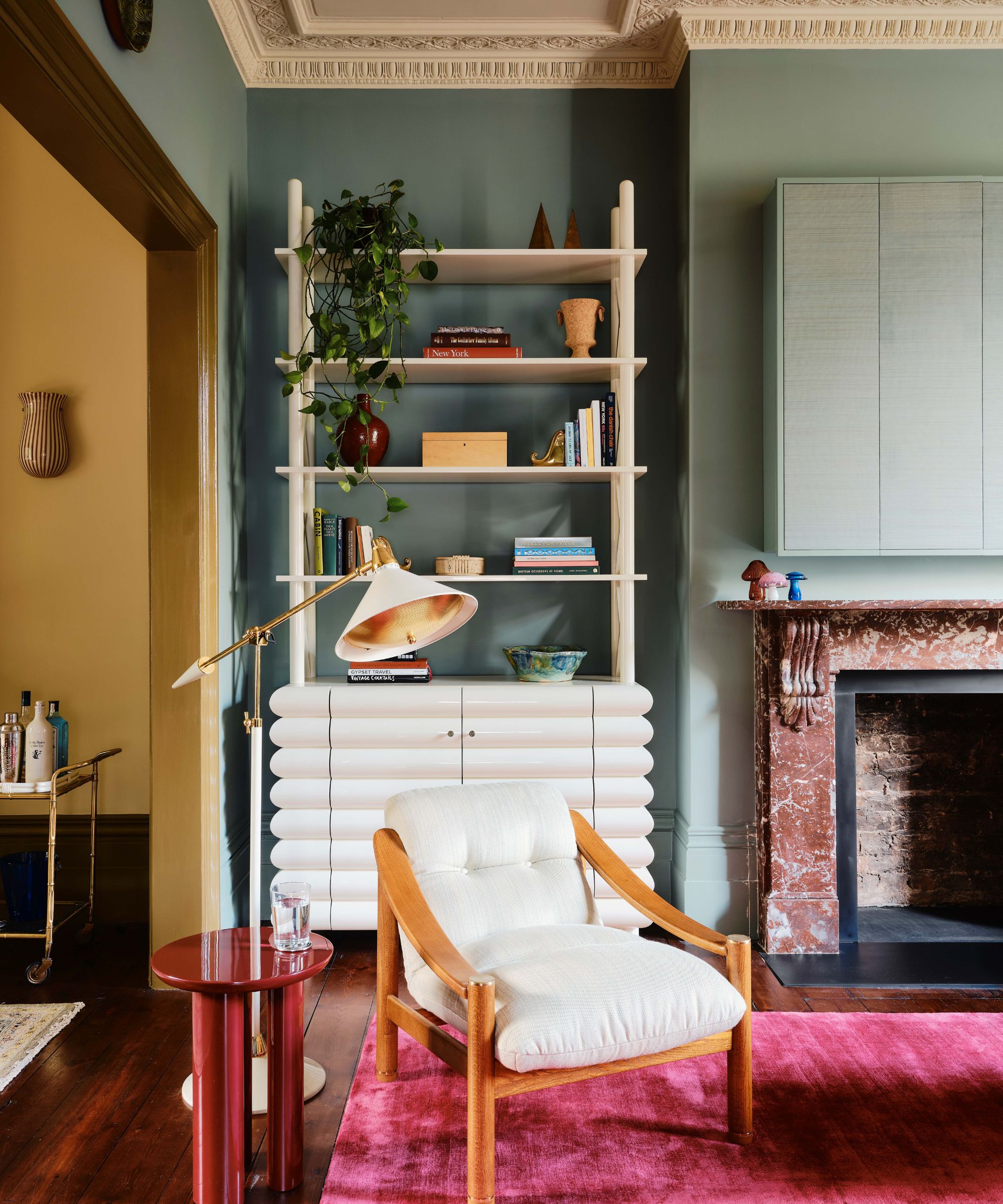
Once you’ve identified where your seating pockets should be, the next step is to give each one its own identity – and designers almost always turn to rugs, lighting, and texture to do it.
As Paulina Hospod, president at Aha Interiors, explains, 'Use texture and lighting to define zones instead of walls – a rug, pendant, or shift in material can subtly separate conversation and reading areas.' These subtle decor changes work brilliantly because they anchor a space visually without interrupting the room’s flow.
Living room rugs are an especially powerful tool. Sarah Ellison notes that they 'are perfect for grounding a zone, making it feel intentional and cohesive without needing partitions.'
'Lighting works in much the same way,' Sarah adds. 'A low-hanging pendant, or a mix of soft table and floor lamps, can shift the atmosphere and subtly define each area. The result is a living room that feels layered, purposeful, and effortlessly sociable.'
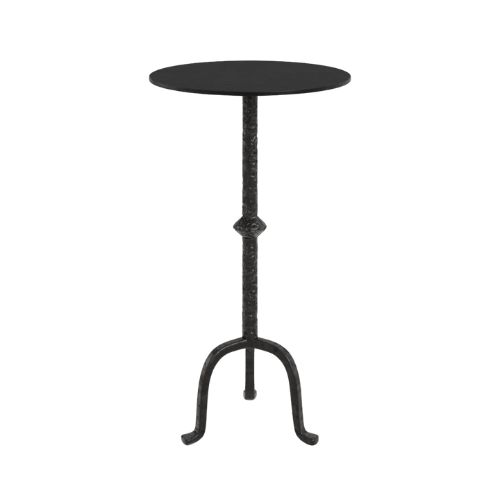
Make a cluster of armchairs or stools feel more intentional by adding a tiny table. It's a clever designer trick that grounds pieces together, offering a spot for drinks or a small lamp. This curved iron table gives instant vintage appeal.
By breaking your living room down into mini zones, rather than seeing it as one catch-all arrangement, it's so much easier to view the space in terms of conversation spots. Then, with the help of rugs, lighting, and smart furniture placement, these little groupings can make a space feel more intimate, more inviting, and a whole lot more conversational.

Charlotte is the style and trends editor at Homes and Gardens and has been with the team since Christmas 2023. Following a 5 year career in Fashion, she has worked at many women's glossy magazines including Grazia, Stylist, and Hello!, and as Interiors Editor for British heritage department store Liberty. Her role at H&G fuses her love of style with her passion for interior design, and she is currently undergoing her second home renovation - you can follow her journey over on @olbyhome
You must confirm your public display name before commenting
Please logout and then login again, you will then be prompted to enter your display name.
